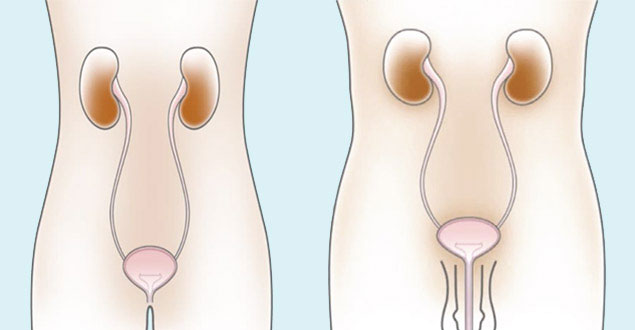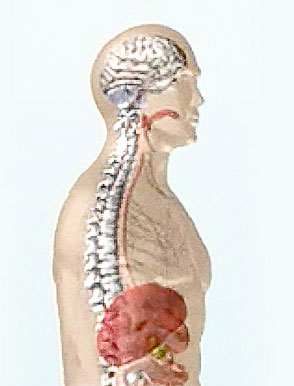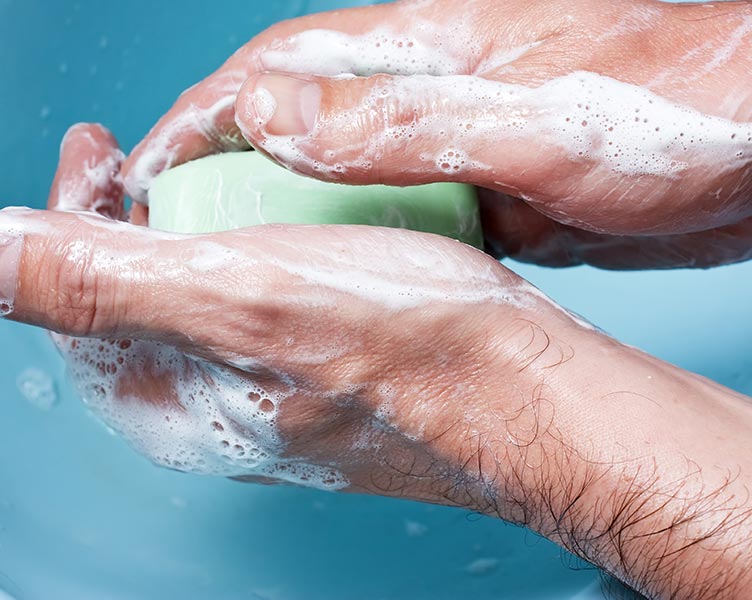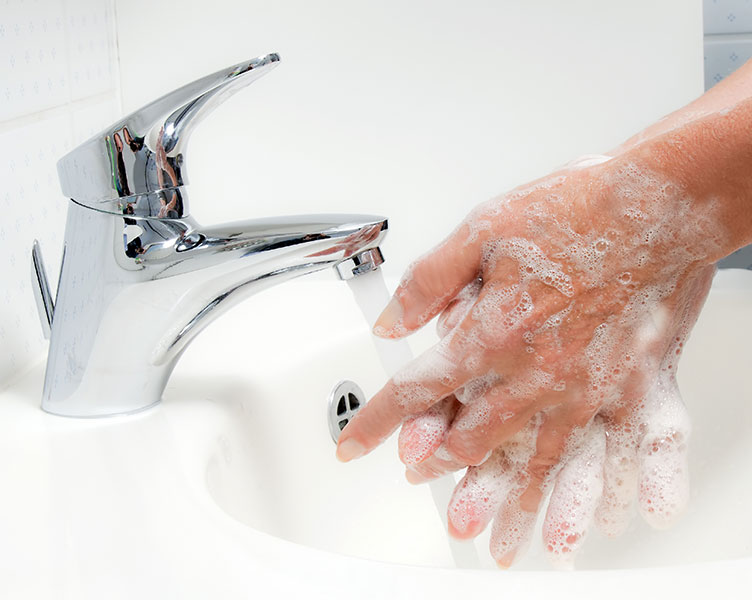The bladder plays an important role in our everyday life, and it can be helpful to know a bit about how it works – especially when it doesn’t work as it should.
The bladder is normally one of those organs that is easy to ignore – unless you really need to go! Yet when you leak or are unable to empty your bladder, this little organ becomes almost impossible to ignore.

The bladder and the urinary system
When the bladder and its supporting systems and functions work together as they should, you feel the urge to go to the toilet when the bladder is about half-full. Passing urine would then be a controlled and voluntary activity.
The bladder is part of the urinary tract. The upper tract consists of the two kidneys, which lie in the lower back and are attached to the bladder by narrow tubes called ureters. Urine is produced in the kidneys, and flows from the kidneys into the bladder via the ureters.
The bladder is placed in the lower tract together with the urethral sphincters (closing muscles) and the urethra (the tube that leads urine from the bladder to the outside opening). The bladder stores urine until the urethra carries it out of the body. This flow from the bladder to the urethra is controlled by the urethral sphincters, which open and close the bladder outlet. The sphincters are supported by the pelvic floor, which holds up the organs placed in the lower part of your body – almost like a sling.

The bladder and the brain
Bladder activity is regulated by the brain and our nervous system. The bladder is a sac-like muscle that can stretch and expand as it fills with urine. The net of muscles in the bladder has stretch receptors, which respond when the bladder begins to fill with urine. All the stretch receptors are connected to nerves, which send signals up through the spine to the brain that now is the time to urinate. If it’s convenient for a person to do so, the brain sends the message back that it’s OK to release the urine.
When a person normally feels the urge to urinate, the first reaction is to squeeze the sphincter muscles, lifting the pelvic floor, in order to hold the urine inside the body until it’s convenient to urinate.
An average person urinates 4-8 times a day. It’s important that the bladder is fully emptied regularly because even a small amount of urine left in the bladder can cause urinary tract infections.



